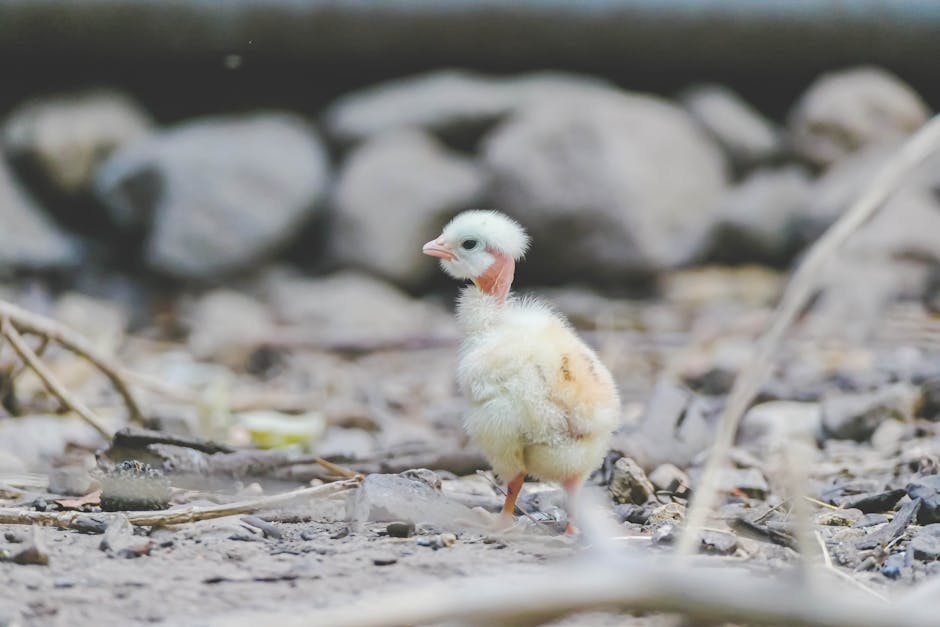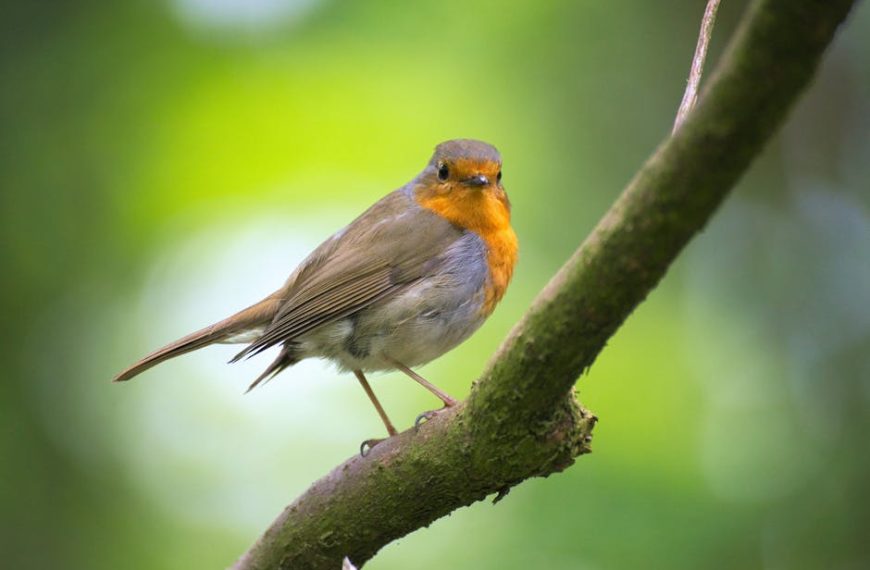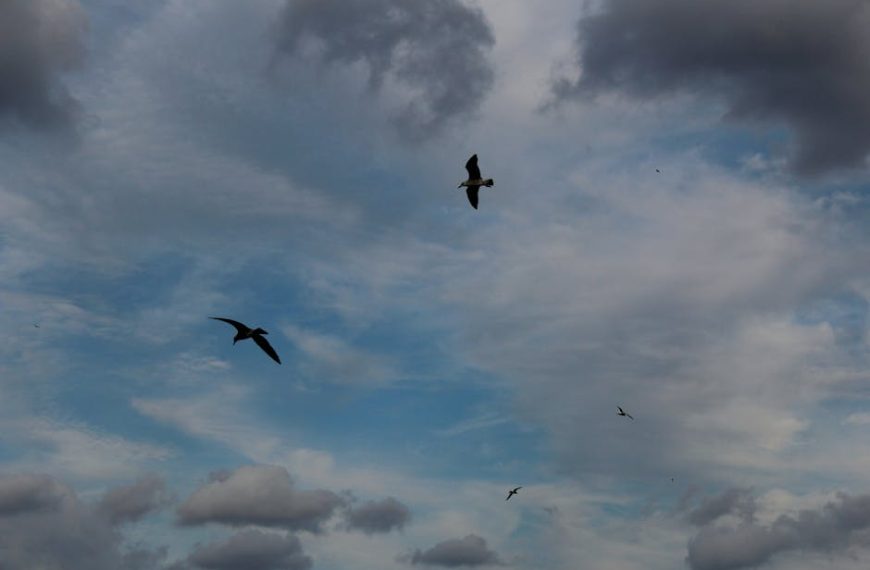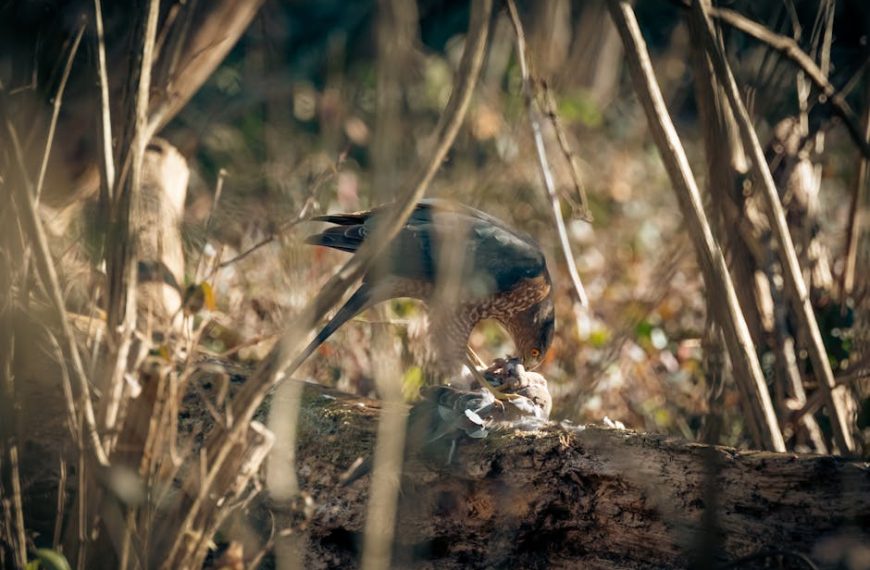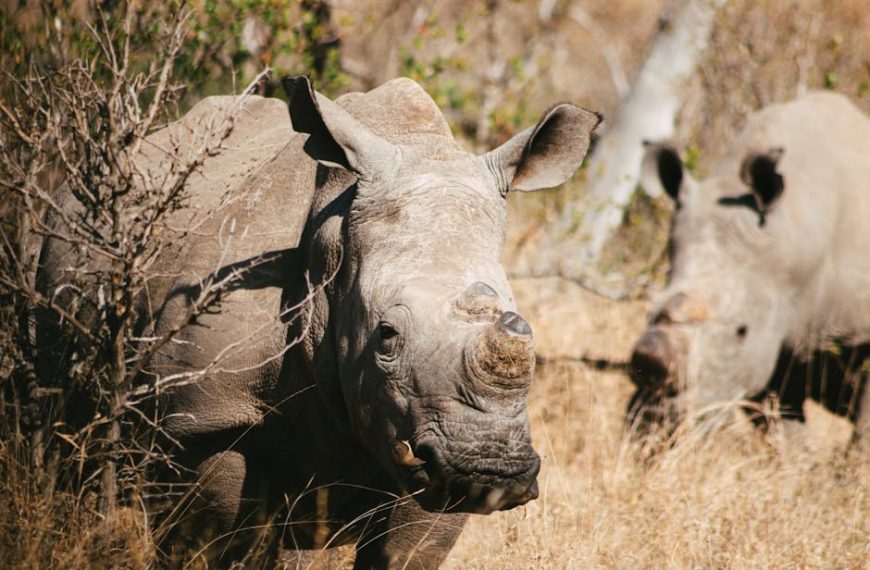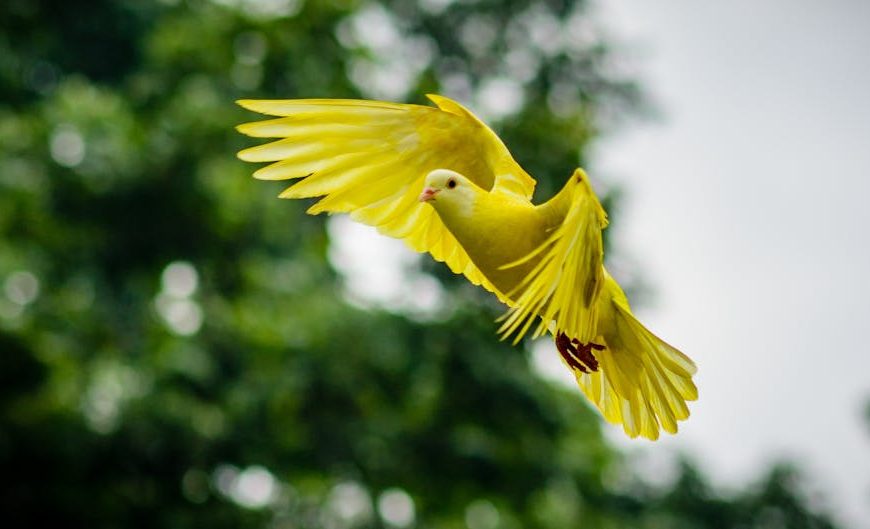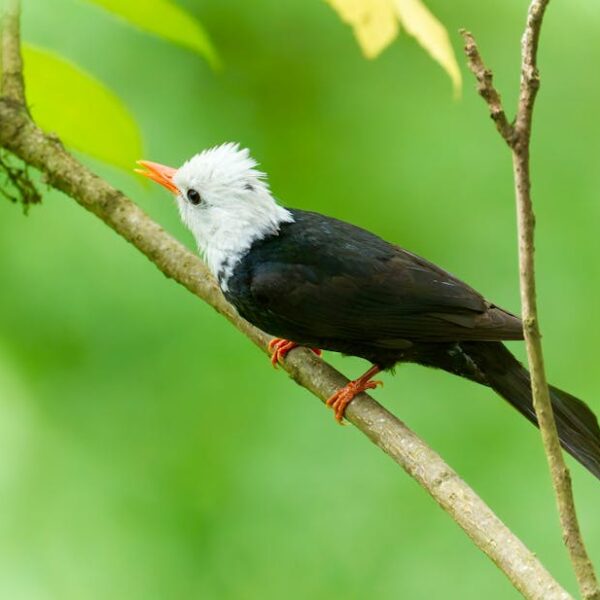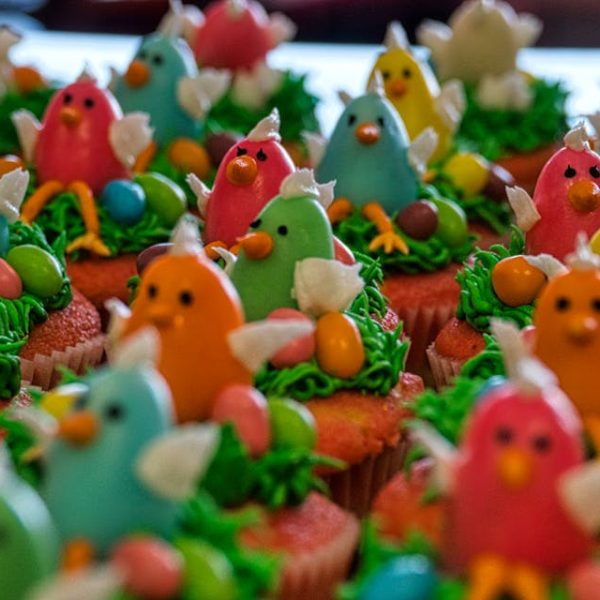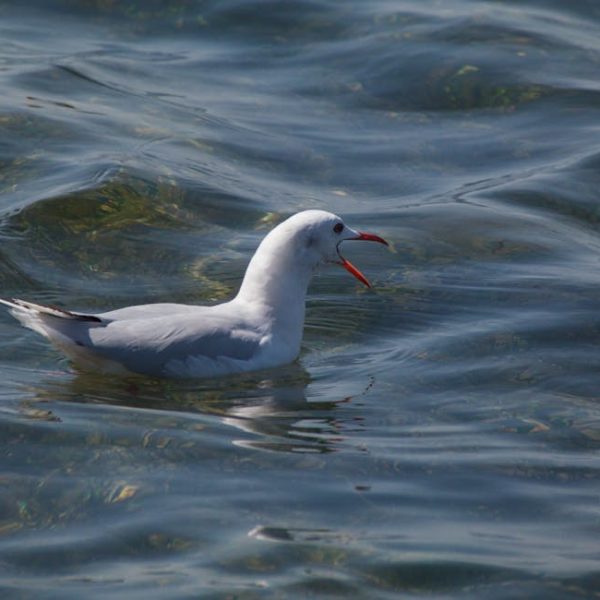Unveiling the profound connections between birds and crocodiles, we discover an intricate map of evolutionary relationships and shared ancestries. Through the lens of paleontology and genetics, a common lineage dating back to the dinosaurs, emerges.
Ancient Roots: Unearthing the Common Ancestry
Digging into the realm of paleontology, researchers have unearthed a surprising tie between birds and crocodiles – they share a common ancestor from the Age of Dinosaurs, the Archosaurs. Shortening the distance from the present back to prehistory, genetic research offers further testimony to these ancient connections. In a surprising twist on the tree of life, modern birds ended up being the last dinosaurs standing.
The similarities are not merely coincidental, but rather tell a tale of common origin. The main threads include:
- Both bird and crocodile species possess particular skeletal structures, known as thecodont dentition, where the teeth are set in sockets in the jaw bone, a trait common with early dinosaurs.
- Birds, unlike mammals but similar to crocodiles and other reptiles, have nucleated red blood cells.
- A unique joint in the skull, known as the ‘antorbital fenestra,’ is present in both birds and crocodiles but not in other reptiles.
Pro Tip: Delving deeper into the paleontological findings and genetic research can provide fascinating insights into the complex web of relations between birds, crocodiles, and dinosaurs.
Feathers and Scales: A Testament to Evolutionary Divergence
Despite their shared DNA, birds and crocodiles markedly diverged in their evolutionary paths. Nowhere is this more apparent than in the evolution of their skin coverings – feathers and scales. Early birds boasted primitive feathers, adapted for warmth and possibly courtship displays. In contrast, crocodiles are known for their robust and protective scales — a formidable defense mechanism against predators and harsh environmental conditions.
Examining these structures further:
| Attribute | Bird Feathers | Crocodile Scales |
|---|---|---|
| Structure | Lightweight, intricate design. | Heavy, tough, and durable coverings. |
| Function | Flying, insulation, and potentially attraction of mates. | Protection from predators and climatic conditions. |
Best Practice: By examining the bodily structures of various bird and crocodile species, you can gain a more profound understanding of their respective evolutionary histories.
Survival Tactics: Predatory Behaviours and Habits
Survival in the wild demands skill, strength, and a fair deal of cunning – traits both birds and crocodiles have honed over the course of their evolutionary history. Despite their drastically different environments and sizes, both species have developed sophisticated hunting strategies and survival techniques, a testament to their adaptability and, indeed, their dinosaur ancestry.
The following are crucial characteristics that aid in their survival:
✔︎ Efficient hunting techniques.
✔︎ Camouflage and ambush strategies.
✔︎ Weaponized body parts.
Pro Tip: Observing these fascinating creatures in documentaries, research papers, or, if possible, their natural habitats can provide an enriching experience.
Into the Egg: Breeding and Incubation Practices
Not all evolutionary connections between birds and crocodiles have vanished over time. A key similarity that remains today is their breeding and incubation practices. Both lay hard-shelled eggs, buried in a nest or mound, and often exhibit parental care, providing these species with a competitive edge through enhanced off-spring survival.
Examples of these similarities include:
- Egg-laying: Both species lay large numbers of eggs at a time.
- Nest-building: Both birds and crocodiles build nests to protect their eggs.
- Incubation: Crocodiles, like birds, show forms of parental care, including defending the nest and assisting the hatchlings to water.
Best Practice: If possible, watching these remarkable creatures during their nesting seasons can be an awe-inspiring experience. But remember, always view them from a safe distance and never disturb the nesting area.
Chirps and Growls: Communication Among Birds and Crocodiles
Communication is a crucial aspect of any animal’s life, including birds and crocodiles. While the models of communication differ, the necessity to signal threats, court mates, or communicate with offspring is universal. Understanding these communication signals can give us a valuable perspective into these species’ social structures and shared evolutionary history.
Consider the diverse forms and effectiveness of their communication:
| Communication Method | Bird | Crocodile |
|---|---|---|
| Vocal | Complex songs and calls. | Limited to grunts, hissing, and growls. |
| Body Language | Incredibly varied, including dances, flights, and postures. | Primarily territorial displays and courtships gestures. |
| Effectiveness | Effective over long distances and varied environments. | More limited in range, primarily effective in close proximity. |
Best practice: Observing and identifying different forms of communication among these species, both in the wild or captivity, can significantly enhance your understanding of their behaviors and evolutionary links.
Key Takeaway:
- Birds and crocodiles share an intricate evolutionary connection, with a common lineage traced back to the dinosaurs.
- Distinct features such as thecodont dentition, nucleated red blood cells, and the ‘antorbital fenestra,’ reveal common connections between the species.
- Birds and crocodiles, while divergent in their evolution, display shared survival and communication tactics, along with similar egg-laying and incubation practices.
The parallels between birds and crocodiles remind us how interconnected life on Earth truly is. As we continue to uncover the complex tapestry of evolution, one cannot help but marvel at the intricate designs and adaptations that life has brought forth. It’s crucial to respect these creatures and their habitats, continuing our exploration of their fascinating, intertwined evolutionary paths, responsibly and sustainably.
FAQs
Q: What led to the divergent evolution of birds and crocodiles?
A: While both share a common ancestry, birds and crocodiles have evolved divergently due to different environmental pressures and survival needs, leading to distinct evolutionary adaptations.
Q: Do all bird species share the same evolutionary connections with crocodiles?
A: While different bird species have evolved in diverse ways, they all share a common ancestral lineage linked to archosaurs, which also include crocodiles.
Q: How does communication play a role in bird and crocodile survival?
A: Communication is critical for survival in both birds and crocodiles. It helps them establish social structure, alert each other to danger, attract mates, and interact with their offspring.
Q: What determines the type of skin covering that evolved in birds and crocodiles?
A: Evolutionary pressures, such as environmental adaptations and predator threats, shaped the development of specific skin coverings in both birds and crocodiles.
Q: Why are egg-laying practices important from an evolutionary perspective?
A: Egg-laying and incubation practices are crucial for both species as they directly impact offspring survival rates, which in turn affects the survival of the species as a whole.
Feel free to share this article and explore more exciting posts on our website.
